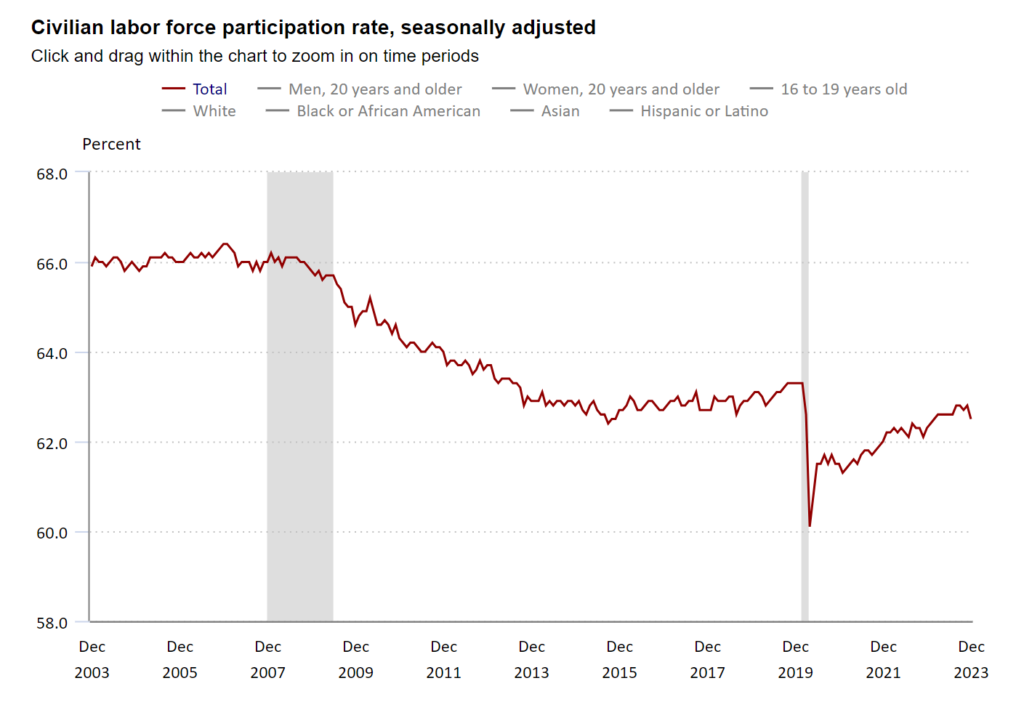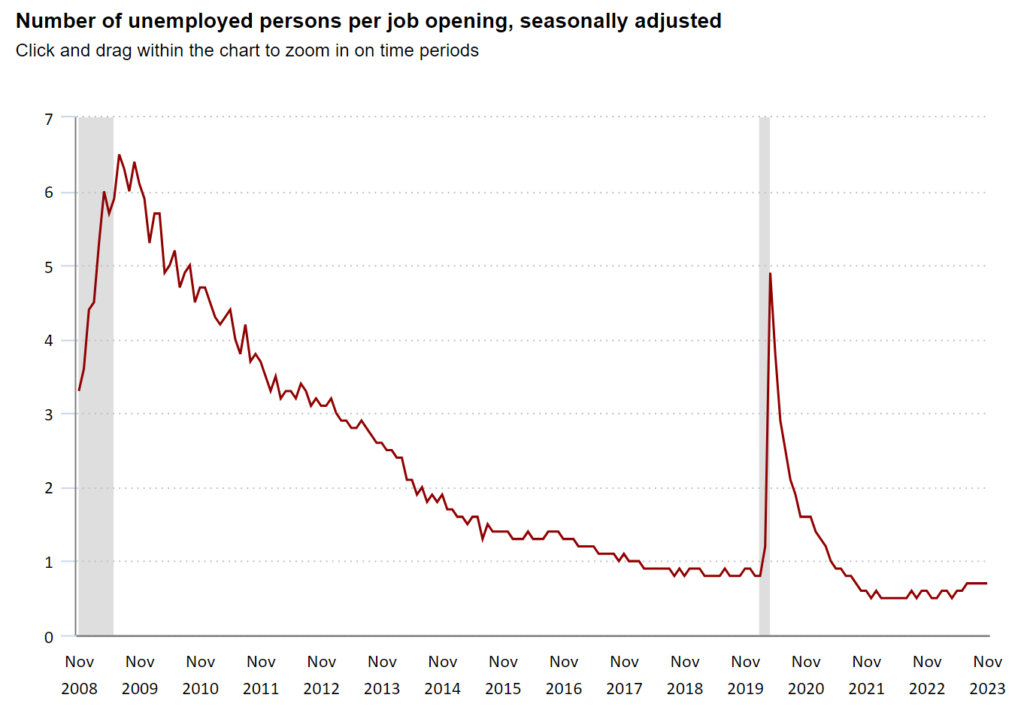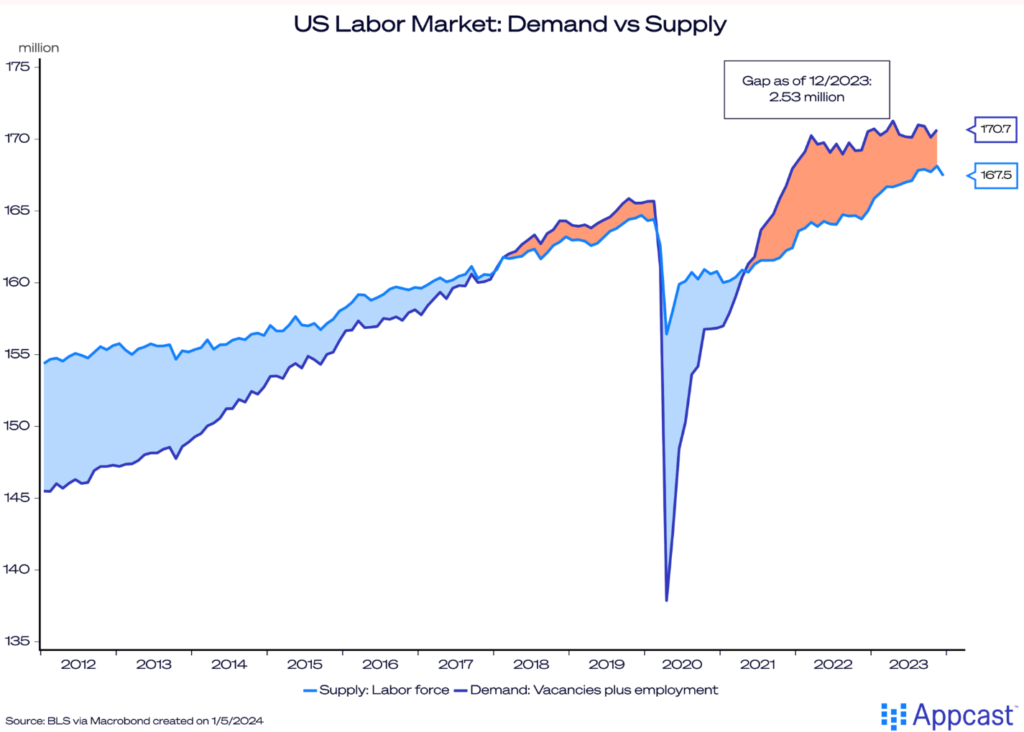
In the whirlwind of Talent Acquisition, staying ahead of the ever-shifting labor market is critical. But with data points bombarding you from every angle, deciphering the real story can feel like navigating a labyrinth. Fear not, fellow talent warriors! Today, we’re equipping you with a compass to conquer this maze: key data resources from the Bureau of Labor Statistics (BLS).
Think of the BLS as your intel agency for the workforce. They provide a treasure trove of insights, from employment reports to wage analyses, empowering you to make informed talent decisions. But where do you even begin? Let’s focus on four essential BLS data points that will equip you to understand the intricate dance of the labor market:
1. Unemployment Rate: This headline-grabbing statistic measures the percentage of the labor force actively seeking work but unable to find it. While a low unemployment rate might seem like good news, it’s not the whole story. A stagnant labor force participation rate, for example, could indicate discouraged workers or skills gaps, posing hidden hiring challenges.

2. Labor Force Participation Rate: This metric reveals the percentage of the working-age population actively participating in the labor force, either employed or unemployed. A rising participation rate suggests a healthy job market attracting individuals back into the workforce. Conversely, a decline might indicate concerns about job opportunities or economic uncertainties.

Source: Bureau of Labor Statistics
3. Quit Rate: This crucial indicator measures the percentage of employees voluntarily leaving their jobs each month. A rising quit rate could signal worker confidence in finding better opportunities, a booming economy, or dissatisfaction with current jobs. Keep an eye on industry-specific quit rates to identify potential talent pool shifts.

4. Unemployed Persons per Job Opening: This ratio directly reflects the competition level for available jobs. A high ratio indicates a surplus of job seekers vying for each opening, while a low ratio suggests a tight labor market where employers struggle to find qualified candidates. Understanding this dynamic is crucial for crafting effective recruitment strategies.

Source: Bureau of Labor Statistics
Remember, data alone is just the raw material. The true magic lies in interpreting it and communicating it effectively. Share your insights with hiring managers and leadership in a way that resonates. Instead of dry numbers, tell the story! Using data and stories is a great way to influence.
Highlight trends, potential challenges, and opportunities for strategic talent acquisition. Use visuals like charts and graphs to make your data come alive. You’re the translator, helping leadership understand the language of the labor market.
By mastering these BLS data points, you’ll transform from a recruiter into a strategic talent advisor. You’ll anticipate market shifts, identify emerging skills, and build a workforce that fuels business success. So, ditch the data overload and focus on these key BLS resources. Your future (and your company’s) depends on it!
Bonus Tip: Layer in the GDP as a broader indicator of economic performance. And if you made it this far, here is a bonus graph that shows labor demand vs supply.

Remember, this is just your launchpad. The BLS universe awaits your exploration. Go forth, conquer the labor market maze with your newfound data superpowers, and discover the next game-changing talent acquisition strategy!